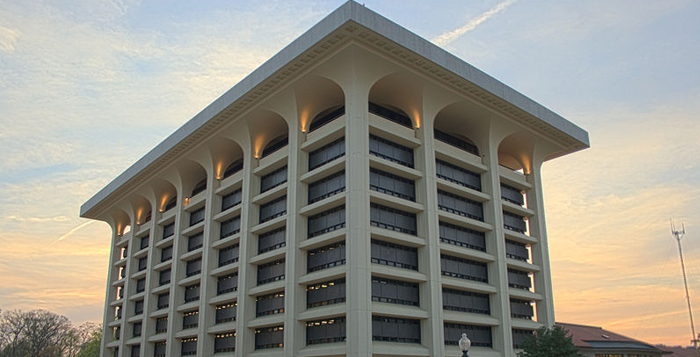When the Emory University yearbook, after being dormant for over a decade, was digitally reborn in 2011, University President James W. Wagner deemed this event “the beginning of an old tradition.”
This week, the Robert W. Woodruff Library continues this old tradition through the exhibit, “Gone Digital: 100+ Years of Emory Yearbooks Now Online,” which opens on Sept. 17 and traces the history of the Emory yearbook from its inception in 1893 through 1999, when it took a prolonged break from publication. Kathryn Dixson was the exhibition manager for the exhibit.
Since its first publication in 1893, the yearbook has preserved the culture, spirit and history of Emory and its students. According to a Dec. 2011 Emory Report, “Emory yearbooks join the digital revolution,” the Zodiac, Emory’s first yearbook, was printed in 1893, thanks to increasingly affordable printing technology and funding made possible through advertisements.
The preface of the first publication of Emory’s yearbook in 1893 notes that Emory students have “wanted an annual for several years but never until now have [their] ‘means jumped with [their] desires’.”
Now, Emory preserves the legacy of these students through different means: digital technology. It is accessible for free online through the Manuscript, Archives and Rare Book Library (MARBL) website.
The exhibit will feature panels presenting class photos, organizations, events, fashion and design displayed across more than 80 yearbooks. In addition to these panels, there will be an interactive kiosk where all the yearbooks will be available digitally.
According to University Archivist John Bence, the exhibit was strategically planned to open the week before homecoming in order to give alumni an opportunity to take advantage of their visit to Emory and see the exhibit
Visitors can also put themselves in the shoes of Emory alumni who graced the old yearbooks, since the exhibit will feature a life-sized picture from one of the yearbooks with face cut-outs.
Gretchen Warner, the Library Exhibitions graphic designer, said she did not “want to give too much [about the life size cut-outs] away because [she] want[s] it to be a surprise,” but she did reveal that the cut-out will feature “two people from different time periods that kind of exemplify the fashion of the time.” She also recommended bringing a friend along to be in the photo.
Bence’s hope is that “people will beinspired to look at [the yearbooks] for other things and to use them as a resource.” He noted that students could use the yearbooks to look at the history of any organizations they may currently be involved in at Emory. The yearbooks also shed light on happenings on campus during historical events in U.S. history.
“Emory I.A. says thank you M.L.K.,” reads a poster from the Martin Luther King, Jr. Parade in 1987. There are also pictures from campus rallies during the Iranian Hostage Crisis in 1980, as well as from a 1983 rally in support of lowering the legal drinking age.
Despite the serious tone of many of these political events, there was no lack of humor in these old yearbooks. Bence specifically recalled the 1970s streaking” sensation.
“There’s about a four-year period where there’s a streaking person in every yearbook,” he said.
–By Annie McGrew, Contributing Writer
The Emory Wheel was founded in 1919 and is currently the only independent, student-run newspaper of Emory University. The Wheel publishes weekly on Wednesdays during the academic year, except during University holidays and scheduled publication intermissions.
The Wheel is financially and editorially independent from the University. All of its content is generated by the Wheel’s more than 100 student staff members and contributing writers, and its printing costs are covered by profits from self-generated advertising sales.





